Best Non Stick Cookware 2025
We Spent Weeks Testing 9 Nonstick Skillets and Still Don’t Think You Should Spend a Ton on One
The best nonstick cookware sets make cooking easier for everyone, from beginners to professionals. Chefs use nonstick pans for delicate tasks like cooking eggs, but the benefits go beyond that: Nonstick pots and pans are lighter than stainless steel or cast iron, require less oil, are easier to clean and are often more affordable. Modern nonstick cookware is also more durable and heat-resistant than older versions, addressing past pain points and making it a strong competitor to other types of cookware.
Here are our top recommendations—each one has the potential to become your new favorite pan.
We’ve carefully curated this list based on:
This ranking is divided into two sections, so you can easily find what suits your needs:
Best Nonstick Pan
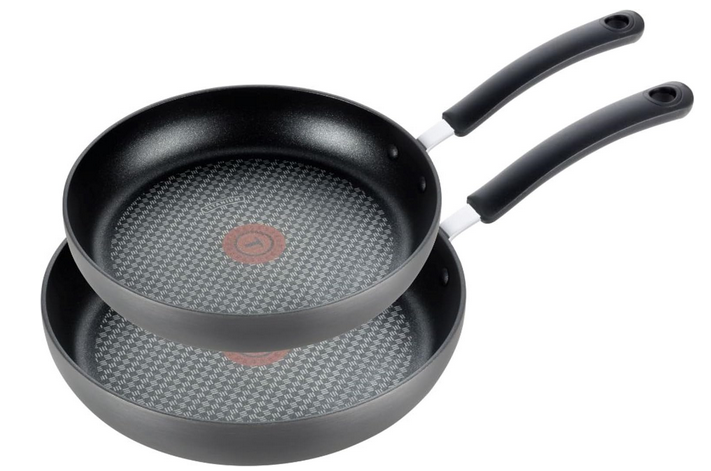
T-fal
T-fal Ultimate Hard Anodized Nonstick Fry Pan Set 2 Piece, 10, 12 Inch
Main Highlights
on Amazon
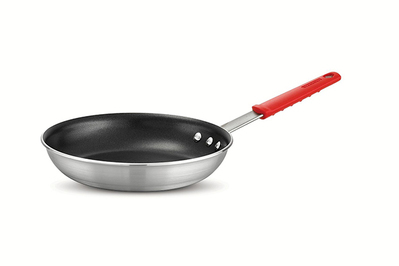
Tramontina
Tramontina Professional 10-Inch Non Stick Frying Pan
Main Highlights
on Amaon
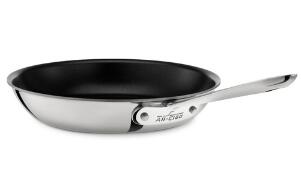
All-Clad
All-Clad D3 3-Ply Stainless Steel Nonstick Fry Pan 10 Inch
Main Highlights
on Amaon
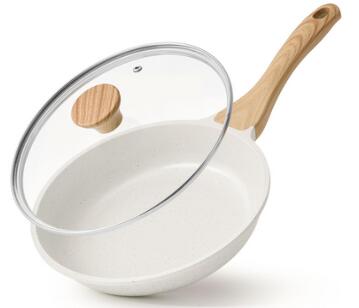
SENSARTE
SENSARTE Nonstick Ceramic Frying Pan with Lid 8/9.5/11/12.5 Inch Omelet Pan Skille
Main Highlights
on Amaon

SENSARTE
SENSARTE Nonstick Frying Pan Skillet, Swiss Granite Coating Omelette Pan
Main Highlights
on Amaon
Best Nonstick Cookware Sets
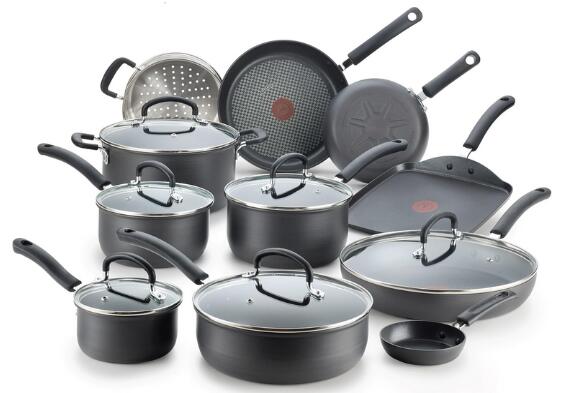
T-fal
T-fal Ultimate Hard Anodized Nonstick Cookware Set 17 Piece
Main Highlights
on Amazon
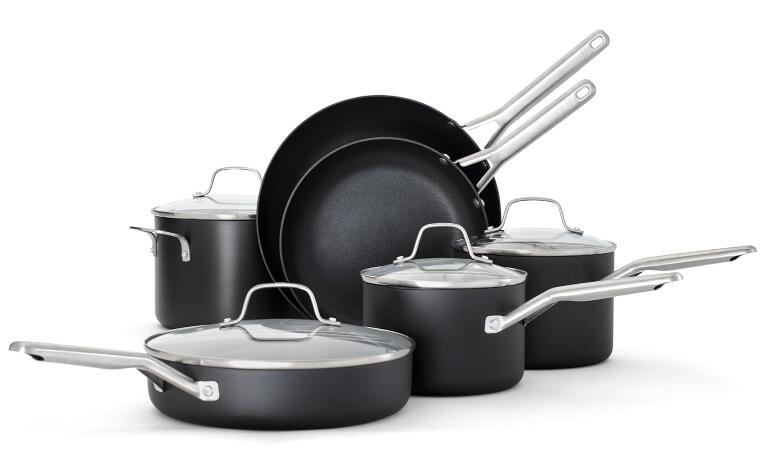
T-fal
Calphalon® Hard-Anodized Nonstick 10-Piece Cookware Set
Main Highlights
on Amazon
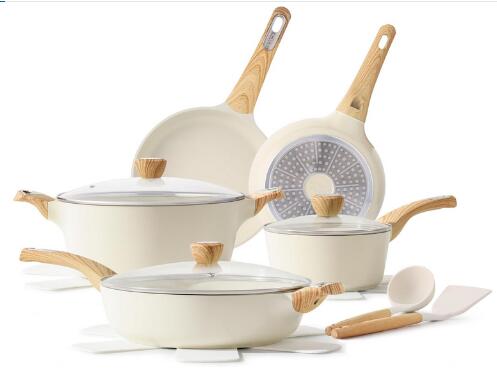
SENSARTE
SENSARTE Ceramic Cookware Sets, Pots and Pans Set Nonstick,
Main Highlights
on Amazon
FAQ
Is Traditional PTFE nonstick cookware Safe?
As for safety, the American Cancer Society, confirms that PFAS chemicals are barely present, if at all, in the final PTFE product coating your nonstick pan. Nonstick pans is safe to cook with if used correctly at moderate temperatures, below 400 degrees Fahrenheit (medium-low to medium on a stovetop range).
Traditional PTFE nonstick vs Ceramic Cookware, which is better?
Both are excellent options, but ceramic cookware eliminates the need for PTFE coatings entirely—ensuring no risk of PFOA exposure. That’s why you’ll often see ceramic cookware labeled as “nontoxic.”
Additionally, ceramic coatings are harder and more heat-resistant than traditional PTFE coatings. Most companies advise their customers against heating ceramic-coated pans above 500 degrees — any hotter, and the ceramic coating could decompose.
Ceramic Cookware’s Drawback: It typically has a shorter lifespan than traditional PTFE nonstick pans.
According to the Cookware & Bakeware Alliance (PDF), “Conventional nonstick PTFE coatings provide very good release for a longer period of time.” Ceramic nonstick pans typically last about a year—often less—while high-quality PTFE pans can serve you well for 3–5 years. All of our picks are coated with much more durable PTFE than what’s considered entry level.
My Recommendation:
With proper care—avoiding scratches or damage to the coating—both PTFE and ceramic cookware are completely safe. However, PTFE nonstick pans last longer, making them the more durable choice in the long run.
